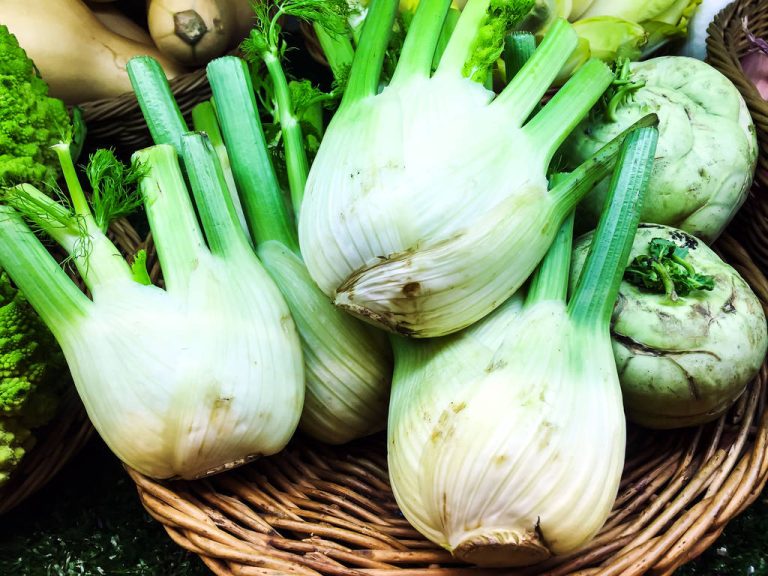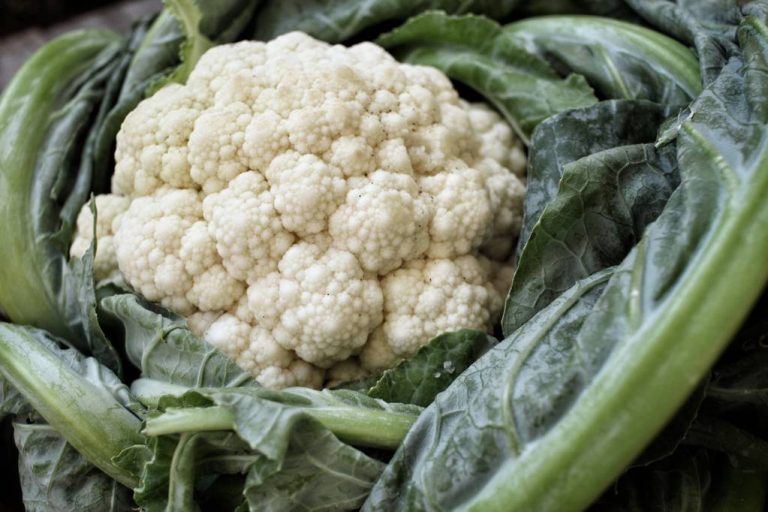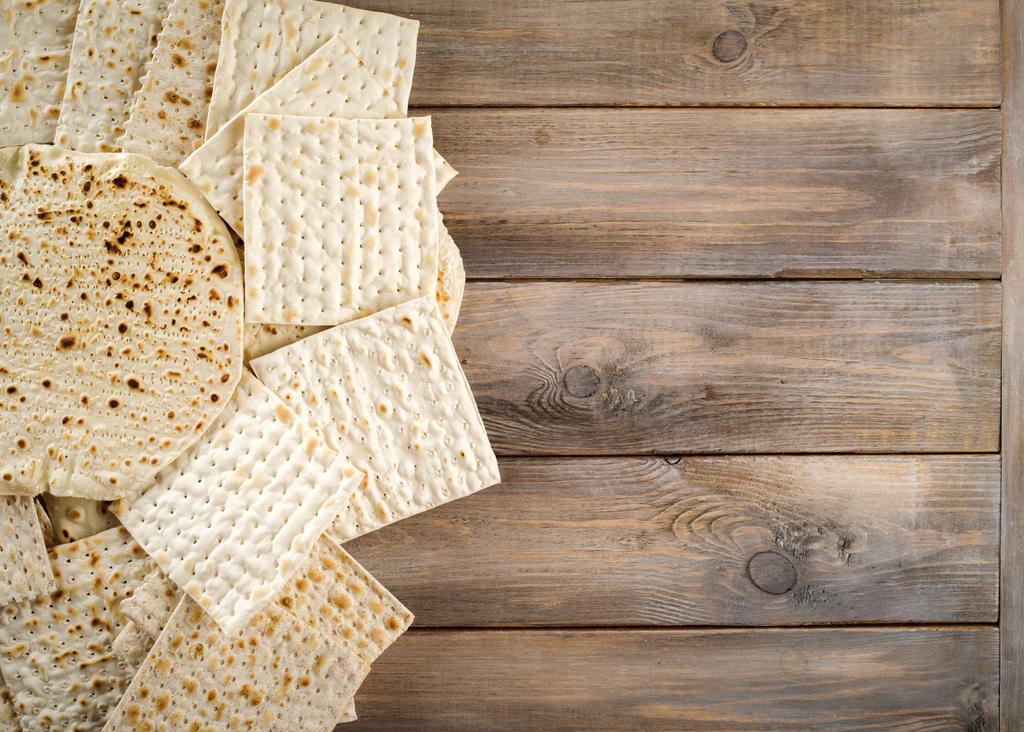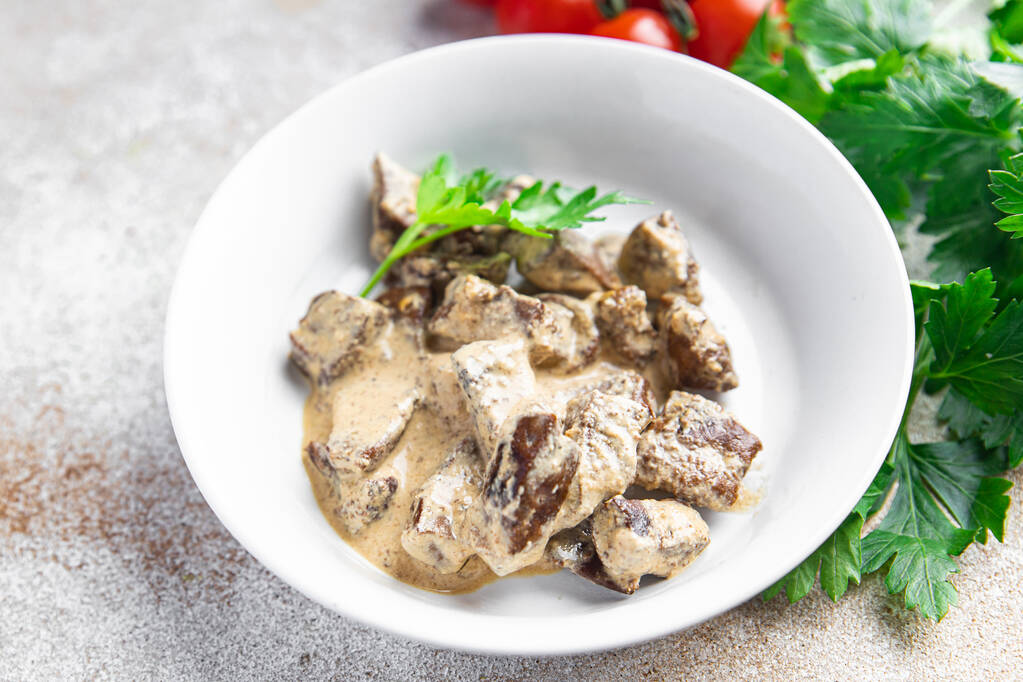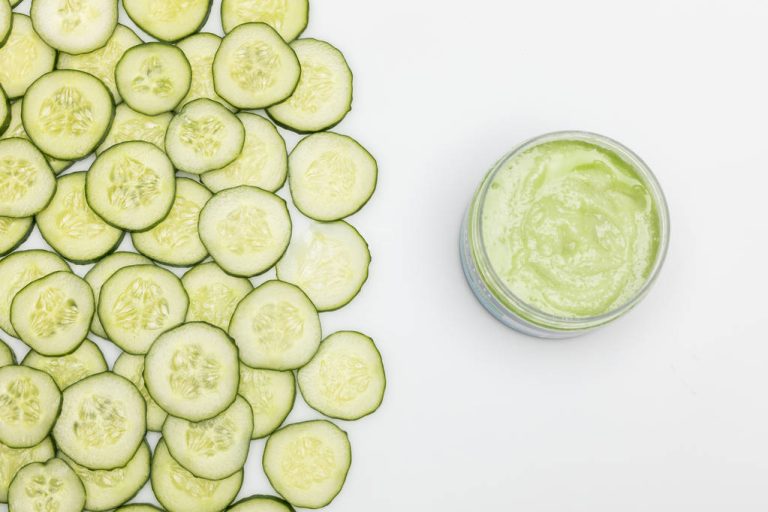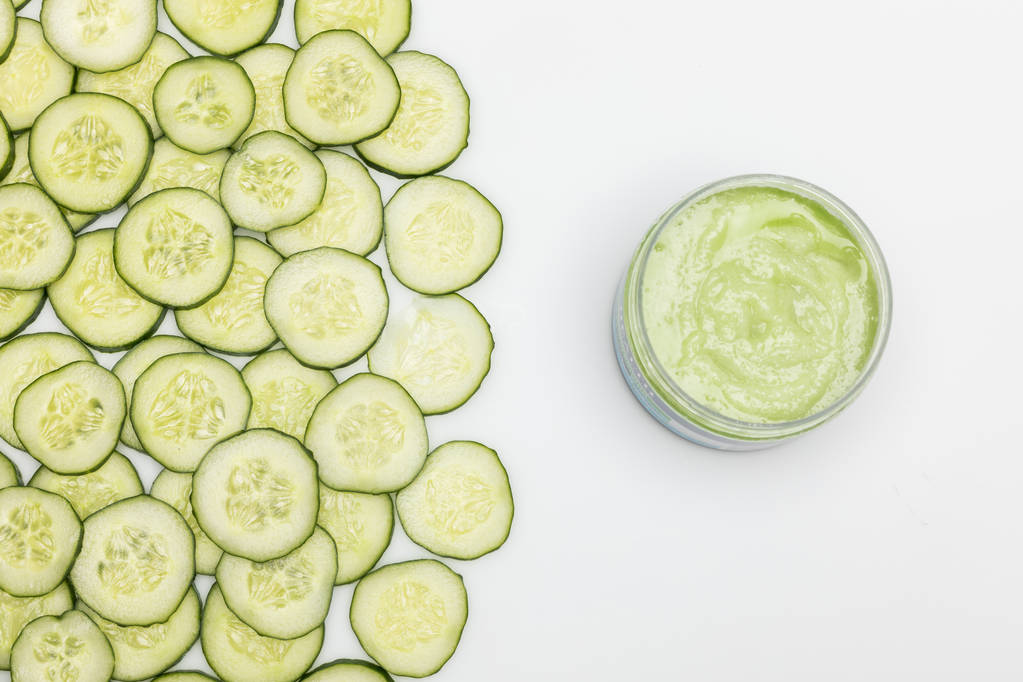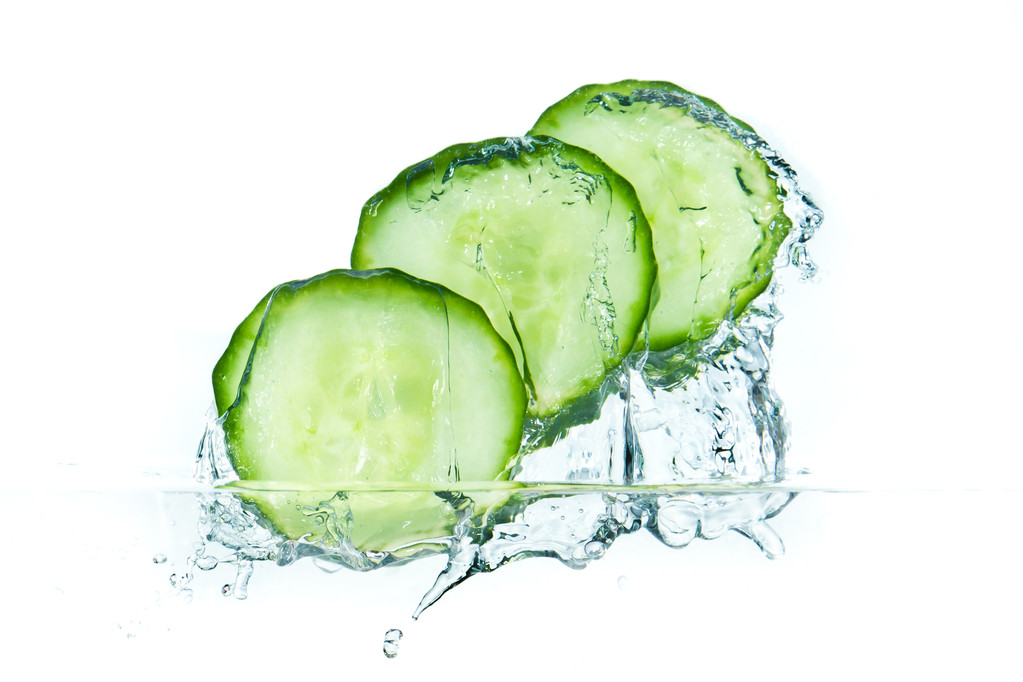Fennel deserves a place on every plate. Eating it raw is especially healthy. We will tell you which valuable ingredients raw fennel contains.
We are most familiar with fennel as a tea against gastrointestinal complaints. In fact, fennel has always been considered a medicinal plant that can provide relief not only for flatulence and digestive problems. While it is a must in Mediterranean and Asian cuisines, fennel rarely finds a place on the menu in this country – unfortunately. Because fennel is aromatic and versatile.
Fennel contains the essential oils fenchone, anethole and myrcene, which are responsible for the light aniseed scent and taste. Anethold gives the fennel a sweet note, the fennel also makes the fennel taste a bit bitter.
You can prepare fennel in a number of ways: steam, roast, bake, grill, pickle or make into a soup. The easiest way to do this is to eat raw fennel. The crunchy vegetables also retain their valuable ingredients when processed raw. Heat can reduce the levels of certain vitamins, such as vitamin C.
However, fennel also contains substances that are not heat-sensitive, on the contrary: some substances, such as vitamin A, can be better absorbed by the body if they have been prepared with heat.
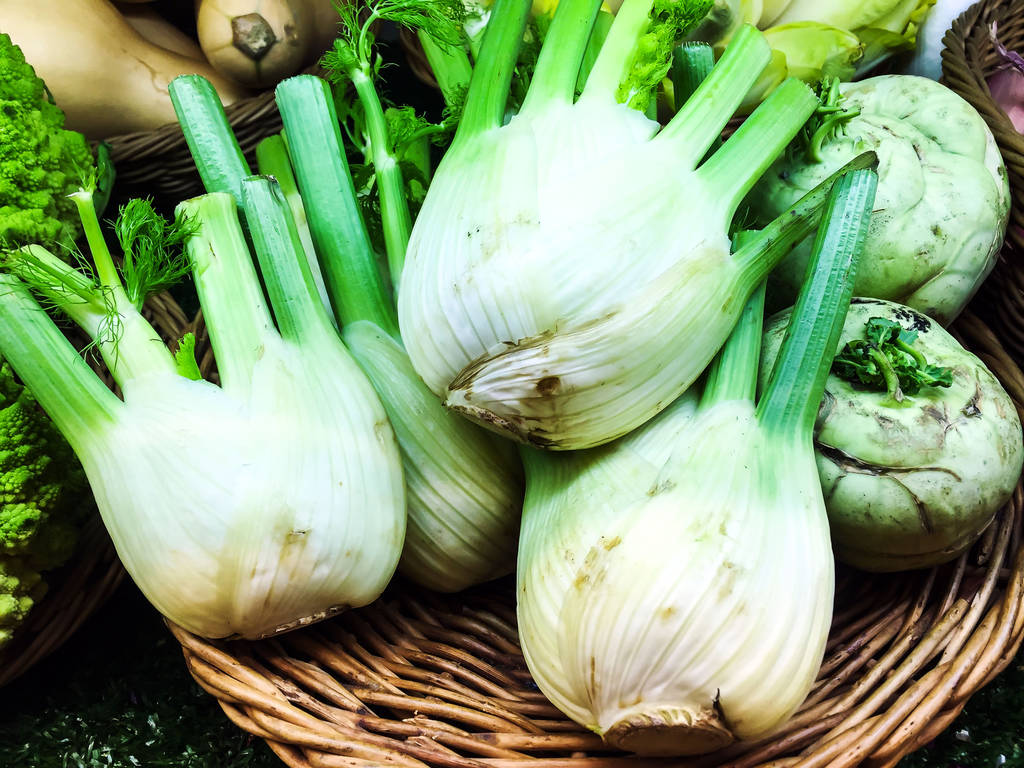
That’s why you should eat fennel raw
Fennel contains many important nutrients. The white-green tuber contains minerals such as calcium, potassium, magnesium and iron. Among other things, these substances ensure strong bones, a functioning oxygen transport system, and healthy hair and nails.
The essential oils are particularly effective substances. They have a positive effect on some gastrointestinal complaints. If you want to do something good for your stomach or your digestion with fennel, it is advisable to eat raw fennel. Because the essential oils evaporate quickly in the heat.
Fennel is also rich in vitamins. It contains vitamin C and B vitamins. These vitamins are heat sensitive. On the other hand, the vegetables also contain vitamin A, which can only be properly absorbed by the body after it has been heated.
Fennel therefore contains substances that can and cannot tolerate heat. Raw fennel is extremely healthy, but there’s no harm in cooking fennel from time to time. A cooking method that is very gentle is steam cooking. Only a few vitamins are lost in the process.
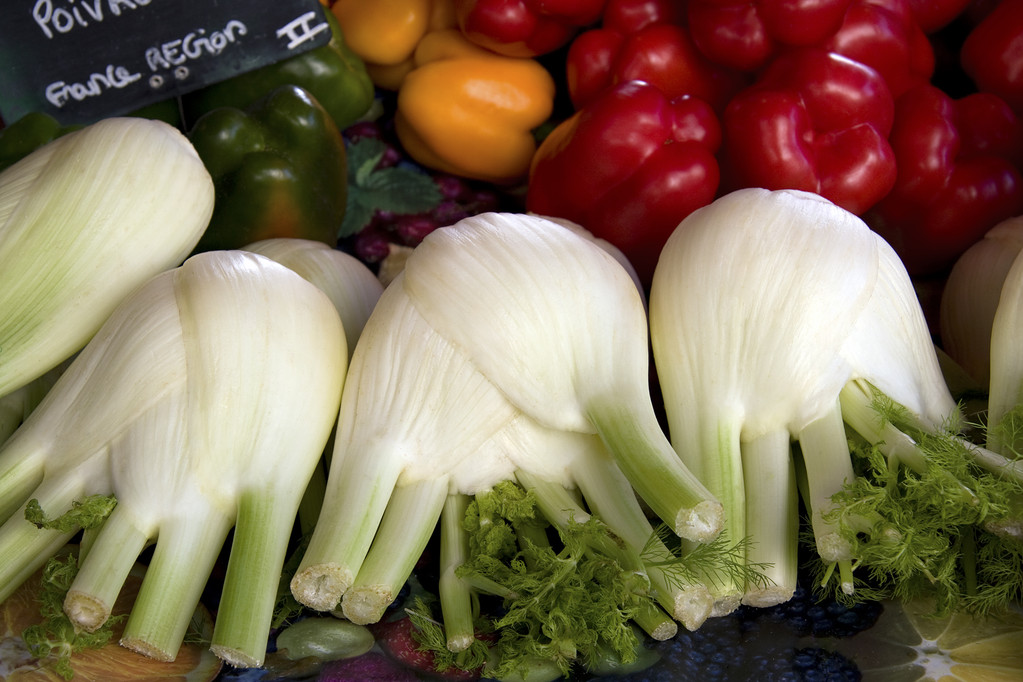
Here’s how you can eat raw fennel
Preparing the fennel for consumption is simple:
If necessary, you can remove the outer 1-2 very tough fennel leaves. With fresh fennel, however, this is usually not necessary.
Wash the fennel thoroughly and cut in half.
Remove the woody stalk and cut off the stalks. You can save these for soups.
The tender fennel green is also edible, you can chop it finely and use it as a topping for salads or sandwiches.
You can grate, grate or dice the fennel leaves into thin strips.
Raw fennel is suitable, for example…
As a vegetable snack: You can simply use thicker strips for dipping humus and the like.
In a salad: Finely chopped or chopped, fennel goes well with other raw vegetables, nuts and a light dressing.

